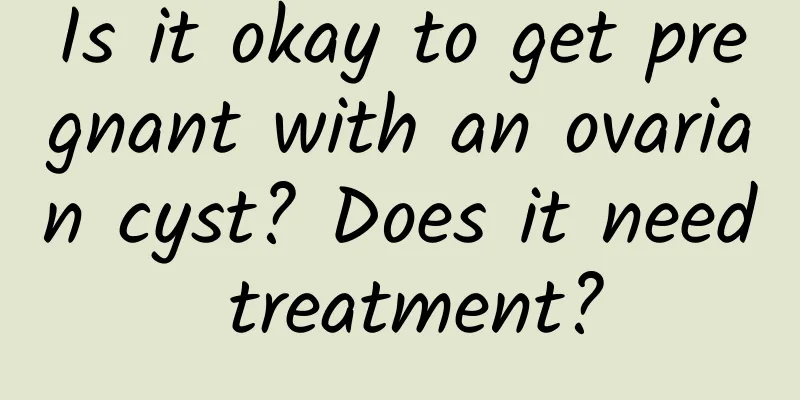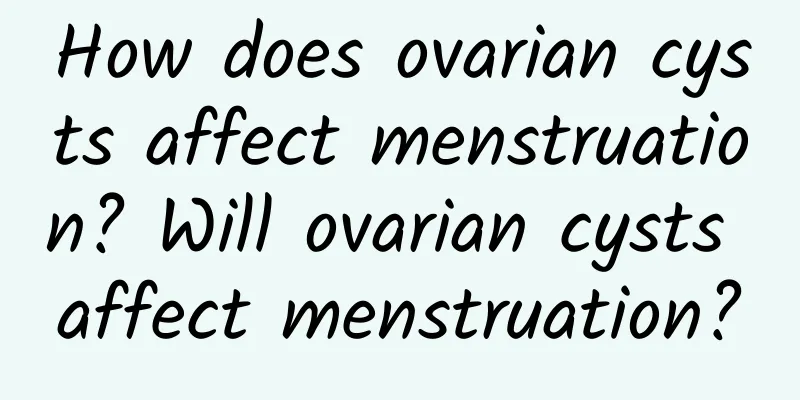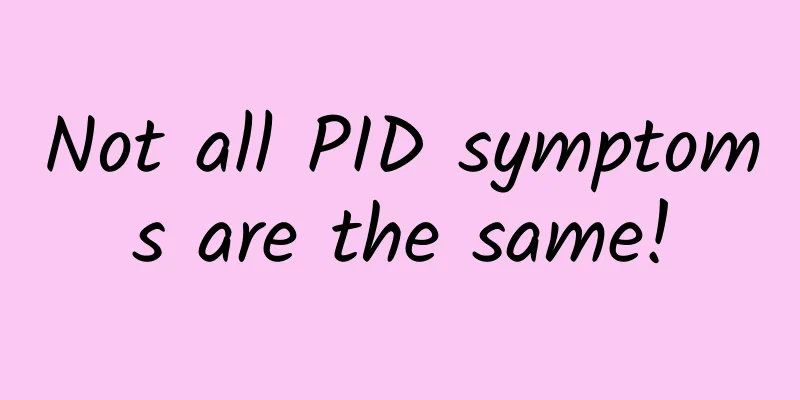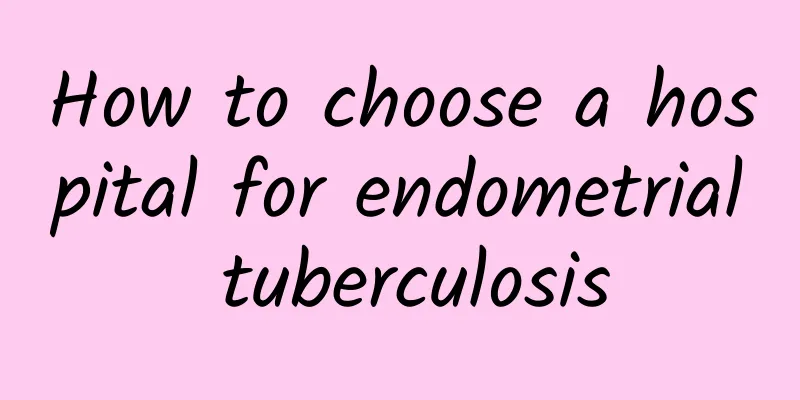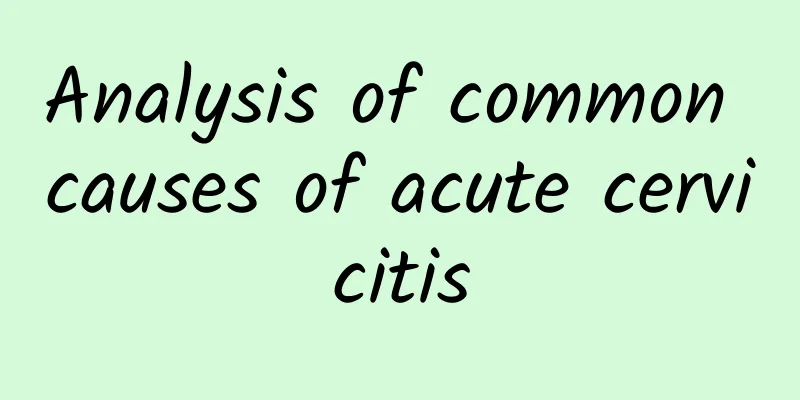Ovarian cysts: can fallopian tubes be removed? How to treat them surgically?
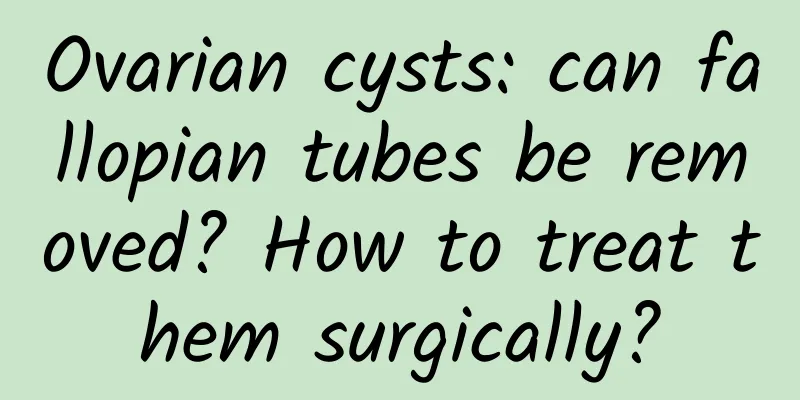
|
With the development of medical technology, the methods of treating ovarian cysts are gradually increasing. Chinese and Western medicine surgeries have good results. So does surgery for ovarian cysts involve removing the fallopian tubes? How is the surgery performed? Whether to remove the fallopian tube is closely related to the patient's condition. If the patient has a large cyst or severe adhesion, the fallopian tube must be removed. If there is no requirement for fertility, there is no problem with removing the fallopian tube. If it is not removed, the inflammation may recur, and it is best not to keep it. Patients should be treated differently and choose carefully. The treatment of ovarian cysts depends on the patient's age, whether the symptoms worsen, the location, volume, size, growth rate of the cyst, deformation of the uterine appendages, whether the fertility function is preserved, and the patient's subjective wishes. Surgical treatment is divided into benign and malignant. Surgical treatment of benign ovarian cysts includes ovarian cystectomy, adnexectomy, and total hysterectomy. Ovarian cystectomy is suitable for most patients without menstrual disorders, even those with complicated pregnancy. If the tumor on one side is obvious, salpingo-oophorectomy on the affected side is feasible. Adnexectomy and total hysterectomy are suitable for unilateral or bilateral ovarian cysts in women near menopause or menopause. The patient is not competent for the systemic condition. Bilateral adnexectomy and total hysterectomy are suitable for it, but it will seriously affect the endocrine disorder. Surgical treatment of malignant ovarian cysts Most patients have reached the advanced stage, so we should do everything possible to remove the primary cyst and visible pelvic and abdominal metastases. Since malignant ovarian cysts are often adhered or infiltrated with the uterus and adnexa, and close to the pelvic peritoneum, most of the current methods are to remove the uterus and tumor from the pelvic peritoneum by rolling carpets or dumplings, such as omentectomy, partial intestinal resection, partial bladder and ureter resection. However, for ovarian malignant tumors with ascites, regardless of whether they are completely removed or not, a catheter should be placed in the abdominal cavity to facilitate the postoperative intraperitoneal injection of anticancer agents or radioactive colloidal gold or colloidal phosphorus. Introducing the treatment methods for ovarian cysts can help women better choose their own methods so as to treat and recover from the disease as quickly as possible. |
<<: What causes pelvic inflammatory disease?
Recommend
Do you need to treat chronic cervicitis? Patients with chronic cervicitis must know these things
Chronic cervicitis is a common disease that has a...
Experts explain how to check for ovarian cysts
In real life, female friends of any age may suffe...
What do you think about the causes of cervical hypertrophy?
Nowadays, many female friends suffer from cervica...
Study: Eating chili peppers can help you lose weight and capsaicin burns fat
The bright red peppers are not only eye-catching ...
Does uterine fibroids have any effect on pregnancy? Does uterine fibroids have any effect on the fetus?
Are there any effects of uterine fibroids during ...
What should I eat if I have irregular menstruation?
Irregular menstruation can affect your health and...
How to prevent ovulation bleeding
How to prevent ovulation bleeding? There are many...
To prevent premature ovarian failure, do these five things
The ovaries are the organs that produce eggs in w...
Dietary taboos for chronic cervicitis in daily life
It is very important for patients with chronic ce...
What are the four major hazards of uterine fibroids? What are the serious consequences of uterine fibroids?
What are the four major hazards of uterine fibroi...
The main causes of pelvic inflammatory disease in women
In recent years, many women have suffered from pe...
Is Houttuynia cordata useful for gynecological inflammation?
As a traditional Chinese medicine, Houttuynia cor...
What are the symptoms of pelvic inflammatory disease and how to identify pelvic inflammatory disease
Inappropriate drug treatment not only has no ther...
Tell you the harm of cervical hypertrophy to the human body
Cervical hypertrophy is a common disease, but som...
What are the ways to cure dysmenorrhea?
Dysmenorrhea is a phenomenon that most women have...
